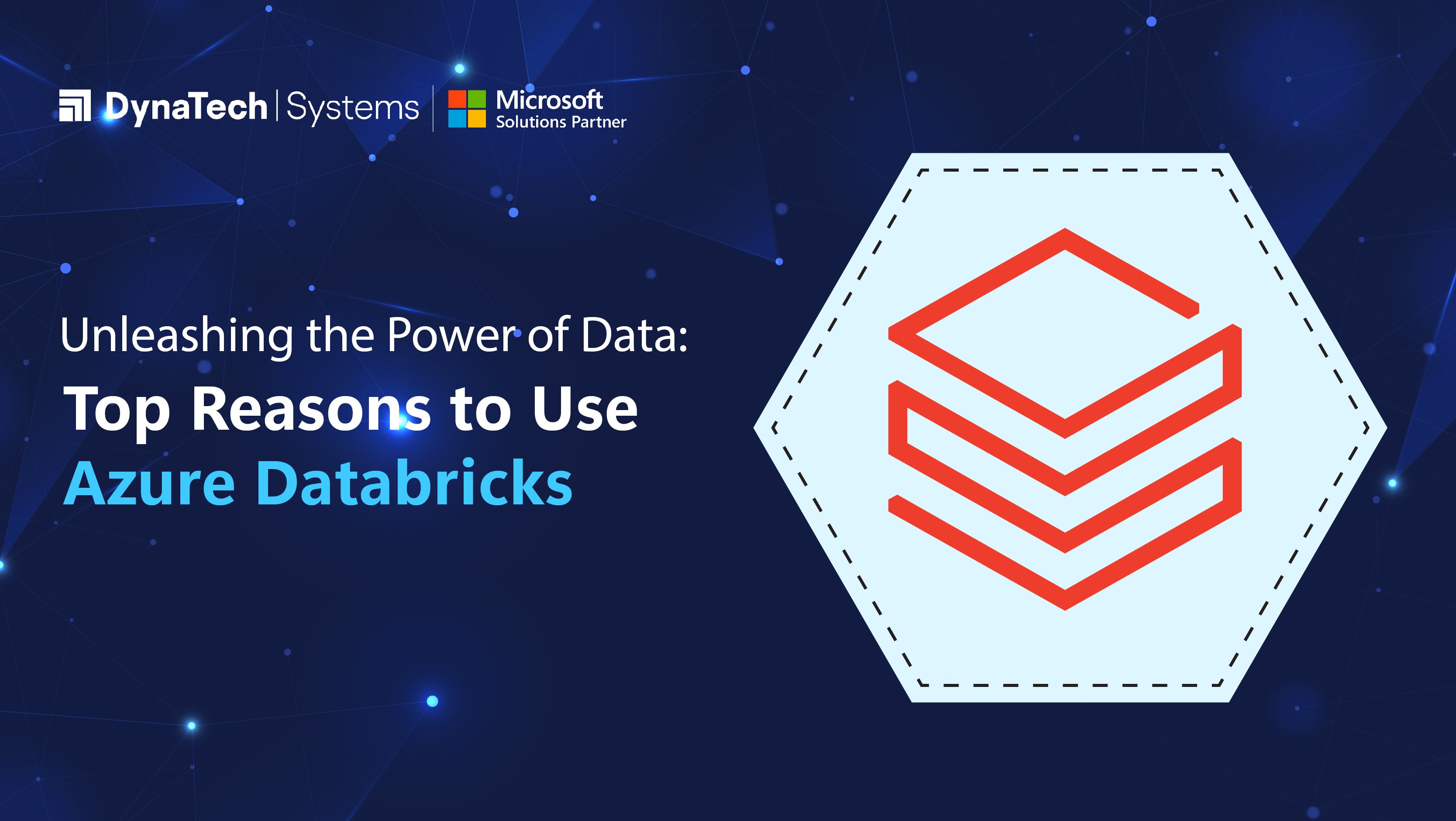In the fast-evolving landscape of big data and analytics, organizations are constantly seeking innovative solutions to derive actionable insights from their vast datasets. One such robust tool that has gained immense popularity is Azure Databricks. This cloud-based, unified analytics platform offers a seamless and collaborative environment for data engineers, data scientists, and business analysts to work together efficiently. In this blog, we will explore the top reasons why Azure Databricks is becoming the go-to choice for enterprises looking to harness the potential of their data. Before that, let’s understand what Azure Databricks is.
What Is Azure Databrick?
Azure Databricks is a cloud-based, unified analytics platform designed to simplify and accelerate data processing and analysis. It is a collaborative environment that seamlessly integrates with various Azure services, offering a comprehensive solution for big data and advanced analytics. At its core, Azure Databricks is built on Apache Spark, an open-source, distributed computing system that enables parallel data processing across clusters of computers. This robust foundation empowers organizations to scale their analytics capabilities, handle vast datasets, and derive valuable insights from their data.
Reasons To Use Azure Databrick
- Unified Analytics Platform: Azure Databricks provides a unified platform that integrates Apache Spark-based analytics with Azure cloud services. This means users can seamlessly transition from data engineering to advanced analytics and machine learning without the need to switch between different tools. The unified nature of the platform fosters collaboration among different teams, breaking down silos and promoting a more integrated approach to data analysis.
- Familiar Languages and Environment: The platform provides pre-configured environments, libraries, and tools, minimizing the setup time and allowing users to focus on their analytics tasks.
- Multilingual Support: Azure Databricks embraces commonly used languages like Python, R, and SQL, eliminating the need to learn a new language for distributed analytics. Users can effortlessly switch between languages to meet diverse analytical needs.
- Jupyter Notebooks Integration: The platform welcomes users with Jupyter Notebooks, enhancing the familiar environment. This feature allows real-time visibility into outputs at each step, promoting transparency and ease of use.
- Scalability and Performance: One of the key advantages of Azure Databricks is its ability to scale horizontally, enabling organizations to handle massive datasets and complex workloads. With the underlying power of Apache Spark, Databricks can distribute various computations across a cluster of machines, ensuring high performance and faster data processing. This scalability is important for enterprises dealing with the constantly growing volume of data in today’s digital age.
- Seamless Integration with Azure Services: Azure Databricks seamlessly integrates with a wide array of Azure services, providing users with a comprehensive ecosystem for data analytics. From Azure Data Lake Storage to Azure Synapse Analytics and Azure Machine Learning, Databricks leverages these services to enhance data processing capabilities and enable end-to-end analytics workflows. The tight integration simplifies data ingestion, storage, and analysis, making it a holistic solution for diverse data-related tasks.
- Advanced Analytics and Machine Learning: Azure Databricks empowers data scientists and analysts with advanced analytics and machine learning capabilities. Leveraging the power of Apache Spark, users can perform complex data transformations, build machine learning models, and execute distributed training at scale. The collaborative environment ensures that data scientists can work alongside data engineers and business analysts, fostering innovation and accelerating the development of data-driven insights.
- Automated Cluster Management: Managing clusters can be a complex task, especially when dealing with large-scale data processing. Azure Databricks simplifies this by offering automated cluster management, allowing users to focus on their analytics tasks rather than worrying about infrastructure management. The platform dynamically adjusts resources based on workload demands, optimizing performance and minimizing costs.
- Security and Compliance: Data security is a top priority for organizations, especially when dealing with sensitive information. Azure Databricks provides robust security features, including Azure Active Directory integration, fine-grained access controls, and data encryption. Additionally, the platform complies with various industry standards and regulations, ensuring that organizations can meet their compliance requirements while leveraging the benefits of advanced analytics.
- Collaborative Environment: Azure Databricks offers a collaborative workspace where teams can work together on projects in real time. With features like interactive notebooks, users can share code, visualizations, and insights seamlessly. This collaborative environment fosters a culture of knowledge sharing and innovation, enabling cross-functional teams to collaborate effectively and derive valuable insights from data.
- Cost Optimization with Serverless Compute: Azure Databricks offers a serverless computing option, allowing users to run ad-hoc queries and jobs without the need for a dedicated cluster. This serverless compute option is cost-effective, as users only pay for the resources consumed during the execution of their tasks. This flexibility in resource utilization contributes to cost optimization, making Azure Databricks an attractive choice for organizations looking to manage their analytics expenses efficiently.
- Transparent Pricing Model: Understanding and managing costs is an important aspect of any cloud-based service. Azure Databricks offers a transparent pricing model, providing organizations with clarity on their usage and associated costs. With options for both standard and premium plans, users can choose the level of resources that best aligns with their requirements. Additionally, the serverless computing option allows organizations to optimize costs based on their specific workloads.
Wrapping Up
In conclusion, Azure Databricks stands out as a powerful and versatile platform for data analytics and machine learning in the Azure ecosystem. Its unified analytics approach, seamless integration with Azure services, scalability, and robust security features make it a compelling choice for organizations aiming to derive actionable insights from their data. Due to the growing demand for advanced analytics, Azure Databricks is well-positioned to play a central role in the data-driven transformation of businesses across various industries.
Ready to Transform Your Analytics Workflow with Azure Databricks?
Discover the power of seamless collaboration and accelerated insights. Contact us now to utilize the full potential of Azure Databricks for your organization.




























